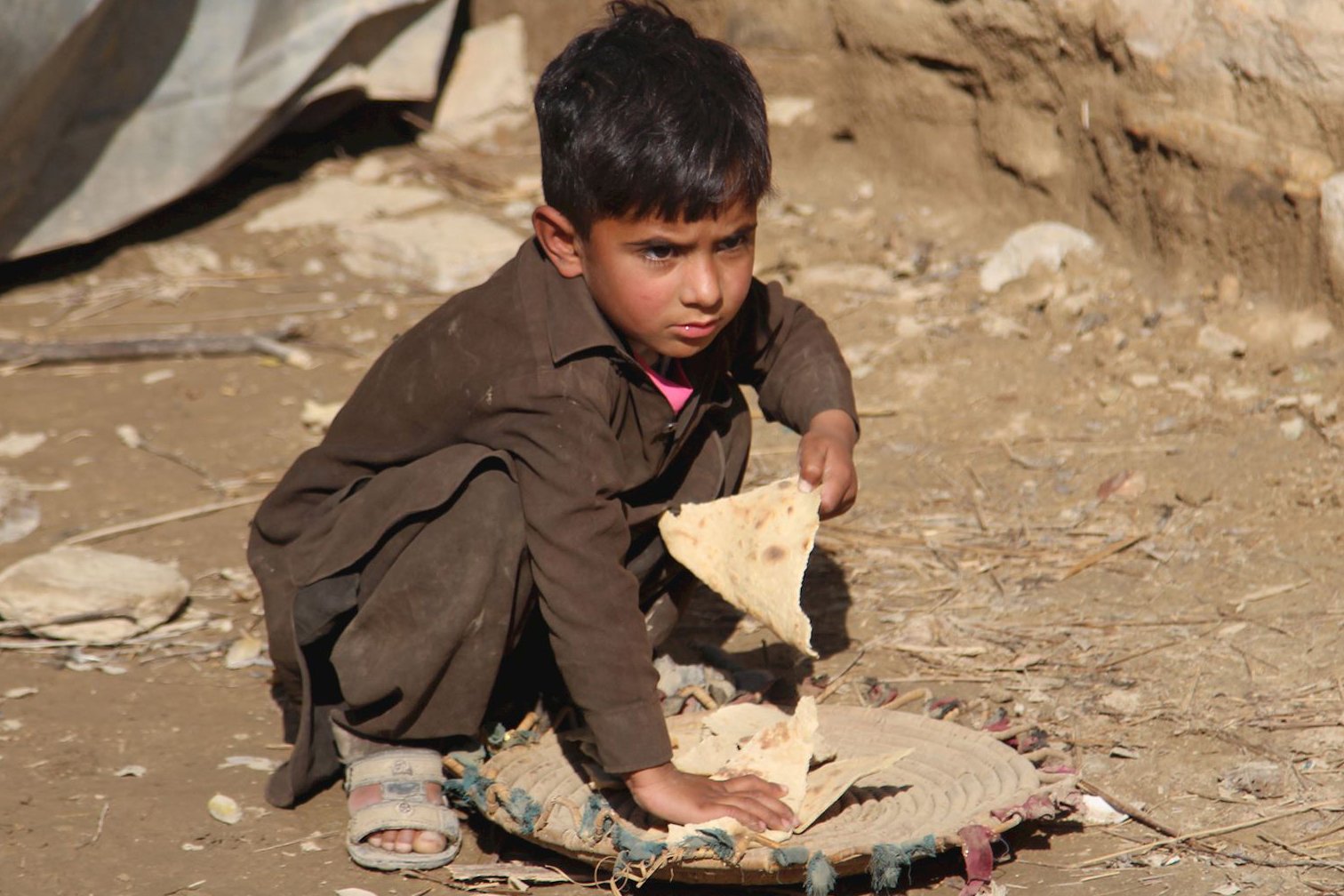The World Bank has projected Pakistan’s poverty rate to be 25.3%, indicating that more than 60 million people in the country are living below the poverty line. This marks a troubling setback for the nation’s poverty reduction efforts, with recent shocks exacerbating economic challenges.
In its latest report, Reclaiming Momentum Towards Prosperity: Pakistan’s Poverty, Equity and Resilience Assessment, the World Bank noted that the country’s growth model, from 2018 to 2024, was insufficient in making significant strides against poverty. Despite early progress, poverty reduction has slowed, with the global poverty index estimating that nearly 45% of Pakistan’s population is living in poverty. In contrast, the country’s official poverty line sets the figure at 25.3%.
The World Bank’s Chief Economist, Tobias Haque, defended the policies of multilateral creditors such as the IMF, asserting that poverty reduction is influenced by various factors, including macroeconomic stability, inflation control, and revenue generation. Haque explained that while the IMF’s recommendations had been central to Pakistan’s economic restructuring, the pace of poverty reduction had been further impeded by a series of overlapping crises, including the COVID-19 pandemic, economic instability, and devastating floods.
The report highlights a significant reversal of poverty reduction progress, with the rate climbing from 21.9% in 2018 to a projected 25.3% by 2023/24. This is a sharp contrast to the country’s earlier trajectory, which saw a steady decline in poverty from 64.3% in 2001 to 21.9% in 2018. The World Bank attributed this decline to a previous growth model that had now reached its limits, particularly in addressing the structural challenges of fiscal instability, low labor productivity, and inequality.
Poverty levels vary considerably across Pakistan’s provinces. Punjab, with the lowest poverty rate at 16.3%, still houses 40% of the country’s poor, owing to its large population. Balochistan, the poorest province, sees 42.7% of its population living in poverty, but this accounts for only 12% of the national poor population due to its sparse demographic. Sindh and Khyber Pakhtunkhwa (KP) report poverty rates of 24.1% and 29.5%, respectively, contributing about a quarter of the country’s impoverished population.
The report also highlights the deepening income inequality in the country, showing that the top 10% of earners control a disproportionate share of the nation’s wealth. The World Bank cited data from the Federal Board of Revenue (FBR) showing that high-income individuals earn significantly more than what is reflected in household income surveys, suggesting that official statistics may underestimate inequality.
According to the World Bank, Pakistan’s economy has become increasingly disconnected from poverty reduction, with a large portion of the population remaining trapped in low-productivity sectors like agriculture, which has seen declining employment. While some sectors like construction and commerce have provided job opportunities, wage growth has been stagnant, leaving many workers vulnerable to economic shocks.
“Pakistan must protect its hard-won poverty gains while accelerating reforms that expand jobs and opportunities, particularly for women and young people,” said Bolormaa Amgaabazar, World Bank Country Director for Pakistan. The Bank stresses the importance of focusing on results by investing in people, building resilience to shocks, and prioritizing fiscal management to reverse the recent setbacks.
The report further pointed to systemic weaknesses in Pakistan’s political and governance structures, noting that policy distortions and inefficiencies at the local level have hindered service delivery and fiscal management. Despite these challenges, the World Bank emphasized the critical need for inclusive structural reforms to ensure that the poor can benefit from economic growth and reduce their vulnerability to future shocks.
Christina Wieser, Senior Economist and one of the lead authors of the report, concluded, “Reforms that expand access to quality services, protect households from shocks, and create better jobsl especially for the bottom 40%, are essential to breaking the cycle of poverty and fostering sustainable, inclusive growth.”










